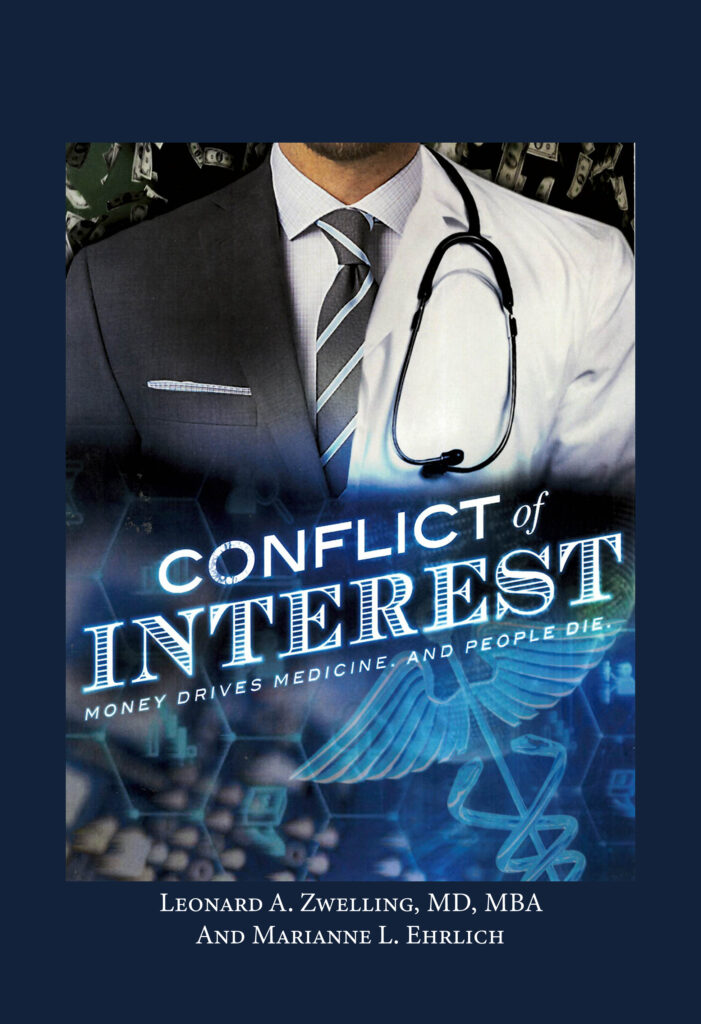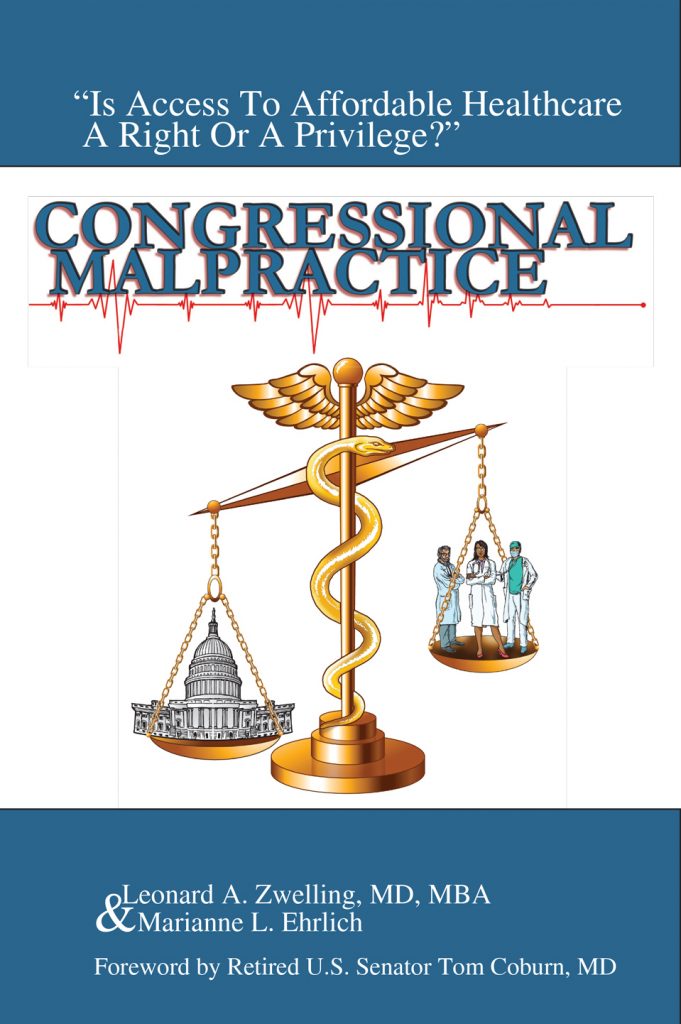In The Near Future, MD Anderson Pediatrics Will Be No More
By
Leonard Zwelling
One of the joys of my life, both professionally and personally, was the opportunity to watch from the inside, Dr. Kleinerman’s building of the Division of Pediatrics from 2001 to 2015. Prior to her taking the reins, MD Anderson Pediatrics was known as an okay place to get cancer care and surely a research wasteland despite the fact that basic science was otherwise flourishing at Anderson.
During her tenure she introduced pediatric cancer-specific intensive care and built a pediatric ICU, Anderson’s first. She hired the first Pediatric palliative care faculty. She oversaw the establishment of the MD Anderson Children’s Cancer Hospital with its unique multi-colored sun logo, the 4 KIDS 2 campaign, and the renovation and design of its in-patient unit, with advice from the then newly established Pediatric Parent Advisory Council. Pediatrics was the first Division to initiate “family centered care.” Together with Board of Visitors chair Nancy Loeffler and with the support of John Mendelsohn she nurtured a high-powered board of advisors including Lucy Baines Johnson, Linda McCaul, Ann Connally and many other prominent Texans. And most importantly, she created a stellar research group that included four MD-PhD physician-scientists.
When she was appointed, Drs. Mendelsohn’s and Kripke’s goal was for her to create an elegant pediatric oncology program that would deliver world-class patient care and do novel cutting-edge translational research. She did just that. Under her leadership the Division of Pediatrics’ ranking in the US News and World Report rose to #12. It is currently #24.
At the recent symposium honoring Dr. Kleinerman, a faculty member that she recruited and who is now departing, mentioned how important the tour she gave him of the integrated Pediatric program on the ninth floor of Alkek was in his decision to come. To have the in-patient beds, out-patient clinic, and intensive care unit all in one place, wholly devoted to pediatric cancer patients, was truly unique. You have to wonder if Dr. Pisters ever visited this unit and appreciated what he had—before he just gave it away.
Recently, Houston awoke to the news that the Division Dr. Kleinerman built would be merged with the Texas Children’s Cancer Program to create the Kinder Children’s Cancer Center. As stated in the Houston Chronicle on May 16, 2025, “MD Anderson will close its Children’s Cancer Hospital, with patients moving to Texas Children’s.”…… “The new building will be located in the 6700 block of Main Street ……..which will be connected to Texas Children’s by a sky-bridge”. “……children who need surgery will be treated in operating rooms at Texas Children’s.”
In my opinion, saying that this is a merger is incompatible with those facts. This, from all appearances, is an acquisition. The $150 million dollars from the Kinder Foundation sealed the fate of the MD Anderson Children’s Cancer Hospital, although the project requires another $850 million to complete the construction and staffing of the new hospital.
So, what does MD Anderson get out of this? By Pediatrics vacating the 9th floor in the Alkek hospital, the entire unit now becomes available for adult in-patient beds that are badly needed, and the need for contracting pediatric subspecialists, like cardiologists and nephrologists, will no longer be an Anderson expense.
Now it is my understanding that the Anderson Pediatric patients and most faculty will move to Texas Children’s in early 2026 long before the new facility is built. The Adolescent and Young Adult Service will remain at Anderson and all radiotherapy will be given at Anderson. While it is stated that the remaining research faculty will stay at Anderson, my bet is that they eventually will be reassigned to other Divisions and basic science departments. I also predict that the clinical faculty treating the AYA population will be absorbed into Cancer Medicine. What will happen to the HISD-certified school and the cancer-focused critical care and psychosocial faculty is unclear. I suspect that they will be blended into the existing departments at TCH with the loss of cancer-focused faculty in these areas.
This truly is a damned shame. Am I biased? You bet, but it is truly sad that everything that Dr. Kleinerman built will be gone. But you know what they say? “If you build it, they will come.” She built it, they came, and now it is being torn down.
The stated reason for all of this is to improve the access of all pediatric cancer patients to the clinical trials program at MD Anderson. There may be some truth to that as TCH has a CHIP contract. MD Anderson does not. Thus, now, Medicaid-covered children can get access to MD Anderson protocols. In theory.
But does that Pediatrics clinical research program at Anderson depend upon the trials in the Division of Cancer Medicine at Anderson? If so, what will happen to it now that Anderson Pediatrics shifts across Bertner to be absorbed by TCH? How likely are the clinical-investigators in Cancer Medicine to share their protocols with investigators who may not even be MD Anderson faculty any longer?
And what about the pediatric cancer patients the MD Anderson faculty were caring for at Hermann? Where do those kids get care now?
I still believe that the MD Anderson cancer-specific mission cannot be executed efficiently in a general hospital, pediatric or otherwise. I am also not at all sure that the current MD Anderson Pediatrics faculty members were sufficiently consulted on this acquisition. They don’t even believe that they are being acquired. They have been hoodwinked into thinking that there still will be an MD Anderson Division of Pediatrics. That’s foolishness. How is it possible when most of the Pediatrics patient care faculty will be working at TCH?
On the surface having one pediatric cancer program in town may seem like a good idea, even though the patients at Hermann are not included in the new deal. The excellence of the program will be determined by its leadership, its development and support for great clinical research, and the degree to which the institutions can merge cultures. Of course, that’s if you believe this is a merger. I don’t.
In the latest US News rankings of children’s cancer programs chart, MD Anderson is #24 to TCH’s #4. When #4 and #24 merge, is that really a merger? That’s an acquisition.
This is all good for Anderson’s bottom line and, of course, increases the domination of Texas Children’s in the Houston market. Will the new children’s cancer hospital get built by 2031? Will the current MD Anderson faculty remain MD Anderson faculty with the attendant salaries and benefits? And, will MD Anderson really have any presence in Pediatrics as the current faculty members have been told it would?
These are all critical questions with no answers as of yet.





4 thoughts on “In The Near Future, MD Anderson Pediatrics Will Be No More”
Thank you so much to Genie. I know her patients and their families are forever grateful for her dedication. 🙏
And it was a joy to help her and watch it blossom. LZ
Par for the course. So much political horsepower was needed to develop the Science Park in Smithville only to be thrown away by Dr. P and co.
Good point. I was there right after the new facility opened as an ad interim chair. It was a major investment and really nice space. It was a unique place and I enjoyed my time there . I have not followed what has happened since.